“Across the Pacific” Pan Am Documentary is Here!
19 May 2020 2 Comments
Pan Am Historical Foundation Announces a New TV Series about the Birth of Transoceanic Air Travel
On 22 November 1935, nearly 85-years-ago, Pan American Airways’ brand-new flying boat, a Martin M-130, named the China Clipper, took off from San Francisco Bay and flew over the then unfinished Golden Gate Bridge heading west to its final destination, Manila, over 8,000 miles away. This event, as noted by the late R. E. G. Davies, noted author and former curator for air transport at the Smithsonian Institution’s National Air and Space Museum, was “one of the most noteworthy and historic dates in the history of transport”.

China Clipper passing unfinished Golden Gate Bridge (Pan Am Historical Foundation)
Before then, the only way to reach Asia from the US was by ship, a trip that took weeks. With the China Clipper, that all changed. Martin M-130s and later the Boeing 314s, would cross the Pacific in only five days, making overnight stops in Honolulu, Midway Island, Wake Island and Guam. Below is the flight schedule from the June 1940 timetable:

Pacific flight schedules from June 1940 timetable (Author’s collection)
Crossing the Pacific was a revolutionary advance in global transport. But operating an airline across the vast ocean expanse posed lethal hazards. Many thought the idea was reckless, even foolhardy. It was nothing short of a breath-taking, win-or-lose all technical and commercial gamble.
On 18 May, American Public Television begins distribution of “Across the Pacific”, a new three-hour documentary series about this aviation milestone, and the trailblazing events that led up to it. The just-completed program is the work of Moreno/Lyons Productions, an independent Boston-based media company, working in association with the Pan Am Historical Foundation, Inc. (PAHF), the premier source of authoritative information about Pan American World Airways. Virginia Public Media, the program’s presenting PBS station, will premiere the series on May 21st.
How did Juan Trippe, the young visionary who led Pan Am from its start in 1927, manage to achieve this aviation breakthrough? It is a gripping story, replete with political intrigue and high-stakes financial gambles, of technological innovation and masterful organization, and of barriers overcome and dreams achieved. Trippe enlisted top talent to pull it off: A brilliant radio engineer; a gifted aircraft designer; and a small cadre of dedicated aviation professionals, including Charles A. Lindbergh. It is a remarkable story.
It had taken only eight years for Pan Am to grow from a tiny three-plane operation with a single 90-mile route to become the world’s largest and most dynamic airline. But bridging the mighty Pacific with an airline route confronted Trippe and Pan Am with a challenge much greater than any that had come before. A failure would mean disaster and the whole world was watching, spellbound.
Crossing the Pacific, however, was not the original intent of Juan Trippe in his desire to cross an ocean. It was the Atlantic. However, the geopolitical situation coupled with technological limitations made that option impossible. In a nutshell, the path to Europe was through Newfoundland. Unfortunately, negotiations between Juan Trippe, Britain, Canada and Newfoundland in 1932 did not provide the access desired, although some understanding was achieved between Pan American and Britain’s Imperial Airways regarding traffic rights. Because Newfoundland appeared to be in doubt, Trippe looked south. Unfortunately, the political situation in Portugal made it difficult for Pan American to negotiate for traffic rights there as well. In addition, a survey trip made by Charles Lindbergh in the summer of 1933 brought into question the feasibility of using flying boats for regularly scheduled trans-Atlantic service.
Any hope for trans-Atlantic operations, however, was dashed when, in April 1934, the British government demanded reciprocity with the United States over traffic rights. The British government represented the British airline Imperial Airways and believed that the issue should be settled with the US government. Juan Trippe had overestimated his diplomatic skills and his “go-it-alone diplomacy” was not working. He admitted that he did not see much future for Pan American in the North Atlantic. In addition, the British, in 1934, had nothing like Pan Am’s Sikorsky S-42, then the most advanced aircraft in the world, or the coming Martin M-130 and until Imperial Airways possessed an airplane of similar capabilities Pan Am would be unable to operate to or from Britain and its crown colonies.
The focus thus switched to the Pacific. After a “great circle” trans-Pacific route through the north was ruled out due to issues between the US and the Soviet Union, it was decided to take the route that represented the longest distance between the US and the Orient: the mid-Pacific.
Here, the issue of traffic rights was not a problem for Pan Am. The route involved stops at Honolulu, Midway, Wake and Guam, terminating in Manila, all of which were under US jurisdiction. At Guam and the Philippines, the US Navy had established bases on the pretext of potential confrontation with Japan. Midway was being used by the Navy for war games staged in the area. This left Wake, a tiny island, discovered by Juan Trippe in the New York Public Library, and, according to Robert Daley, in his book An American Saga – Juan Trippe and His Pan Am Empire, “for a brief time – only the blink of an eye as history is measured – it was one of the most famous places in the world”.
The tiny island of Wake, an uninhabited coral atoll, was to become one of the most important way points on the route west to the Orient. It lay over 4000 miles from the US mainland in the middle of the Pacific Ocean and was a minor trophy of the Spanish-American War. Inside was a lagoon with surface water smooth enough to handle landings of flying boats, but the presence of coral heads made landings impossible. Its location, however, made it a critical point for the trans-Pacific flight. Juan Trippe eventually got permission to use the island as a base, and on 27 March 1935, the S.S. North Haven, a cargo ship, sailed west with provisions to set up bases for Pan American at Midway and Wake. At Wake, an entire village was built, including a hotel for passengers en-route to or from the Orient.
The Martin M-130 was the intended aircraft for the new trans-Pacific route, however it was not due for delivery until the end of 1935. Survey flights were needed, and Juan Trippe would not wait. The West Indies Clipper, an S-42 then being used in Latin America, was selected for the duty. It was renamed the Pan American Clipper and was stripped of all passenger accommodation and fitted with extra fuel tanks, giving it an endurance of 21 1/2 hours and a range of 3000 miles. The key, and most important flight segment of the trans-Pacific trip was California-Honolulu. The ability to fly this critical segment meant there would be no barrier to the eventual establishment of trans-oceanic flight. That was achieved. The Pan American Clipper departed San Francisco on 16 April 1935 for Honolulu and returned on 22 April. On 12 June it surveyed the Honolulu-Midway segment; on 9 August, Midway-Wake; and on 5 October, Wake-Guam. On 24 October, the US Post Office awarded Pan American the trans-Pacific mail contract, the day the Pan American Clipper arrived back in San Francisco from its survey flights across the Pacific.

Pan American Clipper off Diamond Head en-route to Ford Island (PAHF)

Pan American Clipper arrival at Ford Island (PAHF)
Finally, on 22 November 1935, the Martin M-130 China Clipper flew from San Francisco to Manila with stops in Honolulu, Midway Island, Wake Island and Guam. The 8,210-mile trip took 59 hours and 48 minutes flying time, with stops in Honolulu, Midway Island, Wake Island and Guam.
In addition to its historic importance, the event was one of the most publicized ever. Described in detail by Daley, the celebration included lunches, speeches by VIPs and “crowds on the docks, crowds on the rooftops and crowds aboard the extra ferries that had been added on”. In addition, the inaugural ceremony was broadcast both in the USA as well as in Europe, South America and the Orient and included speeches by Postmaster General James Farley and Juan Trippe. Trippe concluded matters with the command, “Captain Musick, you have your sailing orders. Cast off and depart for Manila in accordance therewith”. Receptions greeted the Clipper in Honolulu and upon arrival in Manila between two and three hundred thousand Filipinos jammed together along a jetty to welcome the ship. In addition, was an enclosure with two thousand prominent guests as well as people in the streets and on rooftops. A flotilla of military fighter planes flew out to escort the Clipper through its splashdown and landing. There followed a reception, banquet and parade. Later, Captain Musick presented a letter from US President Roosevelt to Philippine President Quezon commemorating the flight. It was indeed an important event in aviation history.
In later years, Pan American Airways was synonymous with the advent of global jet travel and airline luxury and glamour. In the 1930s though, the world was in the midst of the Great Depression and drifting towards global war, Trippe was betting the destiny of his company and his vision of the future on the venture.
The producers of “Across the Pacific” went to great lengths and over five years, to craft this story for public television, skillfully using dramatic recreations of carefully researched historical events, complemented by insightful interviews with authors and historians. They uncovered long-lost archival photographs, recordings and motion pictures that had been locked away for decades. Writer/Producer Stephen Lyons (“The Mystery of Matter”) brought together a talented and experienced team to create the series, including Emmy-award winners Lisa Wolfinger of Lone Wolf Media (“Mercy Street”) who directed the dramatic sequences, and Katha Seidman (“Percy Julian, Forgotten Genius”) who managed series production design.
The PAHF is a member-supported non-profit educational organization founded in 1992. The Foundation is the premier source of authoritative information about the legendary airline, through its website http://www.panam.org, Clipper Newsletter, and other programs. The PAHF provided significant resources for Across the Pacific, complementing major support from the National Endowment for the Humanities (NEH), and other funders.
For Information about finding Across the Pacific on a PBS station in your area, and to see a short trailer, please go to “Across the Pacific”
For further information please contact:
Doug Miller
Pan Am Historical Foundation
panamweb@gmail.com
Tel: 415-254-1686
Looking forward to seeing “Across the Pacific”?
A little background might be helpful to explain how this works in the world of public television, and how to get in touch with your local PBS station.
Across the Pacific is being distributed to all our public TV stations via American Public Television (APT), a program distribution service that allows each station the opportunity to schedule programs at their discretion. Here’s a LINK to the APT webpage regarding Across the Pacific, which includes trailers for the three different hours of the series). Note that your PBS station is free to show the series (or not show it at all) in any manner they choose.
Getting “Across the Pacific” seen as widely as possible means asking people to let their public TV station know that there is a significant constituency among their viewers who want to see the series, and preferably in a prime-time slot. This probably includes anyone who worked for, traveled on, or admired Pan Am – a group that likely includes a great many public television viewers and supporters!
You can let the decision-makers at your own public television station know that you are looking forward to seeing Across the Pacific soon, and at a time convenient to you, such as a weeknight. This is how the program is being launched by Virginia Public Media (VPM PBS), in Richmond. They’re the “presenting station” for Across the Pacific to the APT system. They’ll premiere the three hours of the program spread over three consecutive Thursday nights at 9 p.m., starting on 21 May, followed by 28May 2 and 4 June. Having the showings spread out this way helps build the biggest audience, as people spread the word over the course of the showings.
Every PBS station has their own way of receiving viewer requests, but all have a website and should have contact telephone numbers and email addresses listed, and/or sometimes online forms as well, that can provide another way to get a message through to the right people.
This LINK goes to an index of public television stations and provides an easy way to find your station’s website. Stations are listed by state (grouped alphabetically). Find your station, click through to its website and look for a link that says “Contact” or possibly “About” often at the bottom of the webpage. It might take a little hunting on your part, but it should be worth the effort. And when you find the right contact, tell your friends!
Good luck!
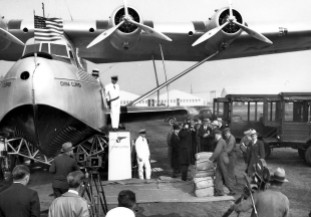

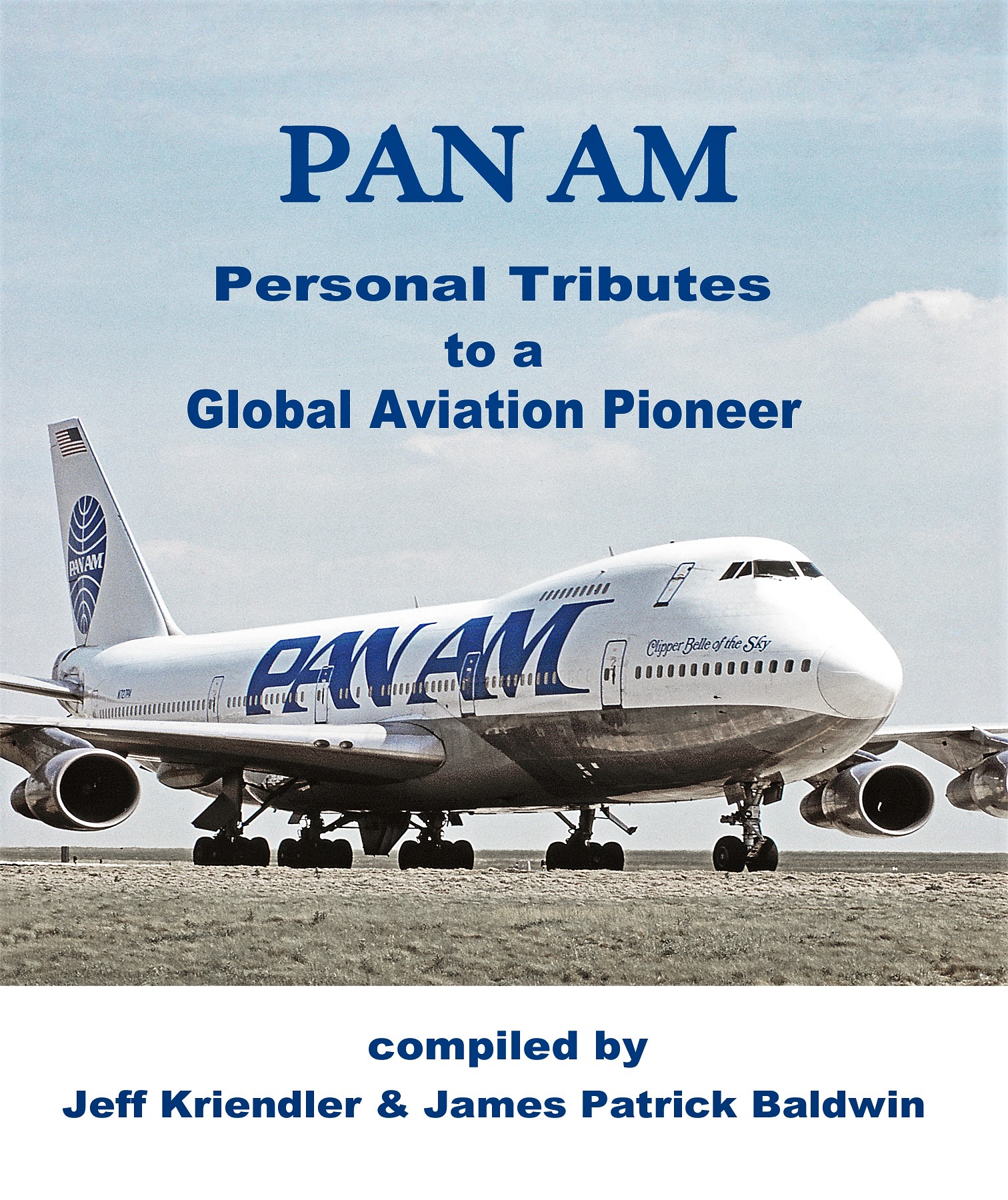




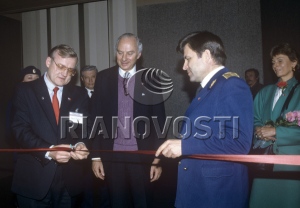
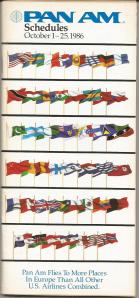
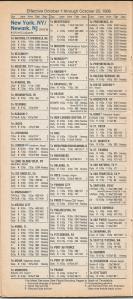
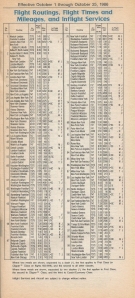
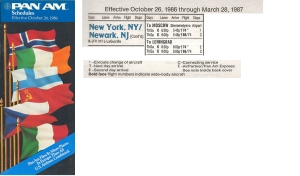
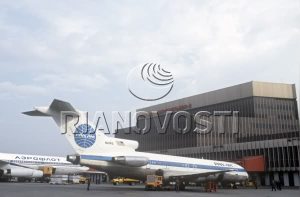
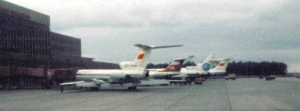
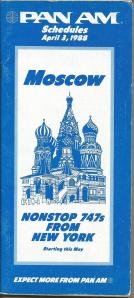
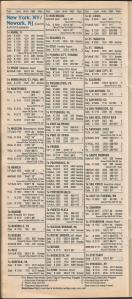
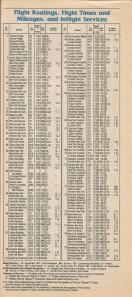
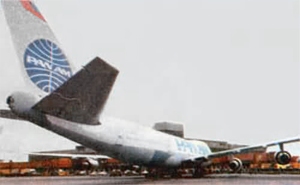

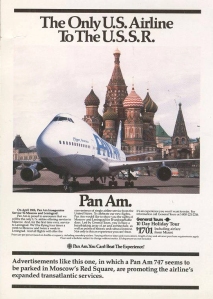
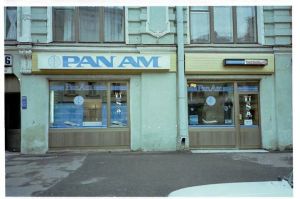
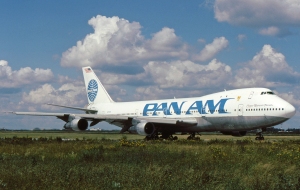
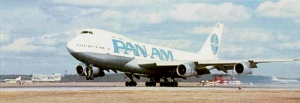
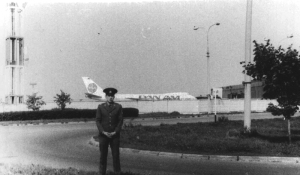

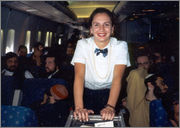
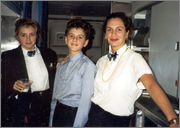
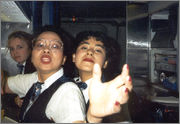
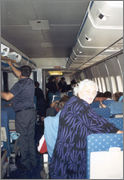

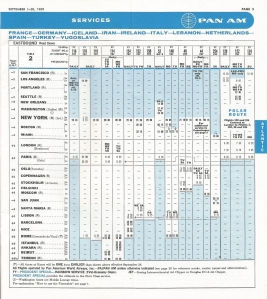
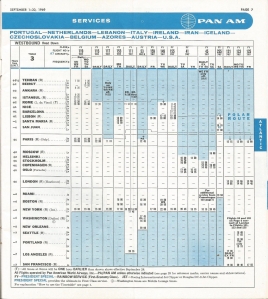
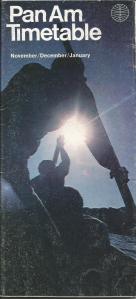
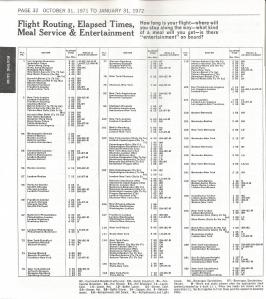
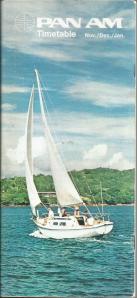
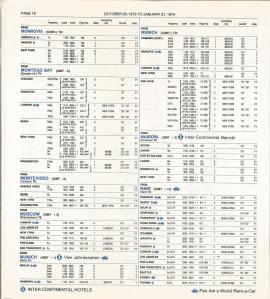
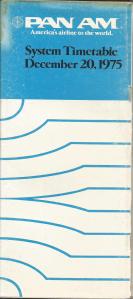
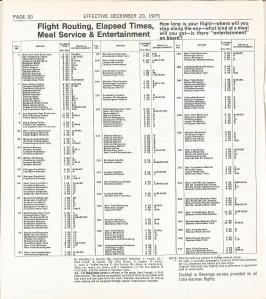
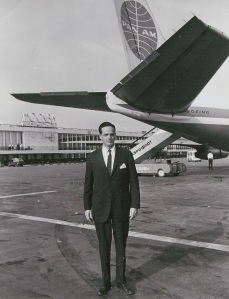
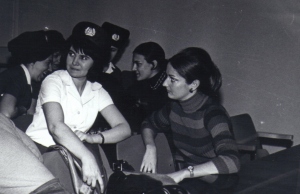
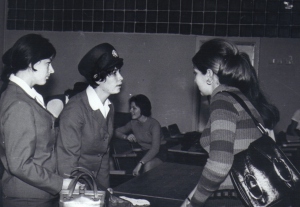

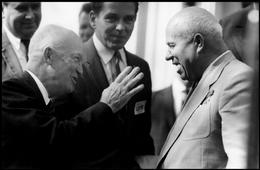
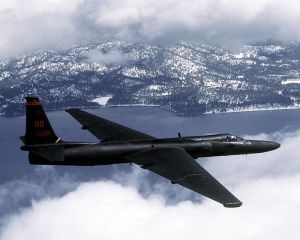
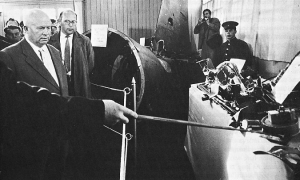
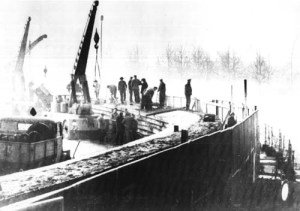
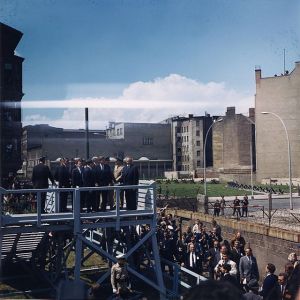
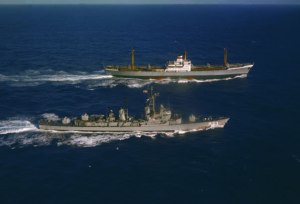
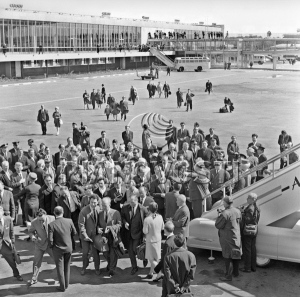
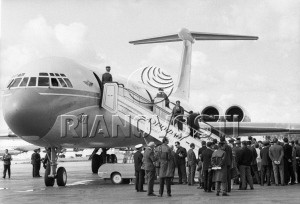

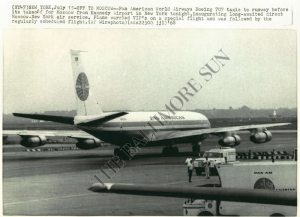
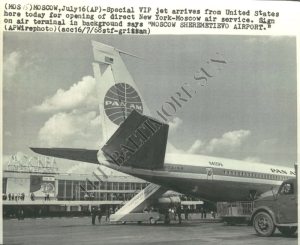
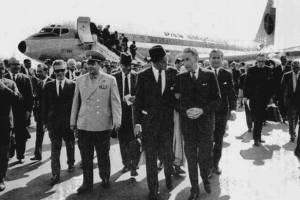
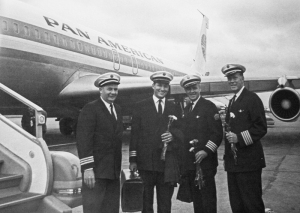








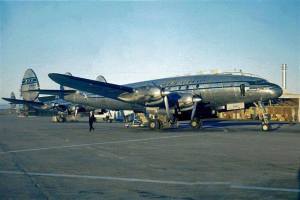
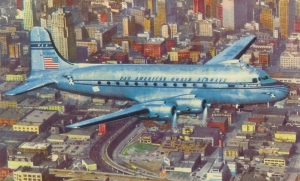
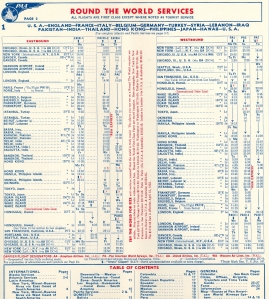
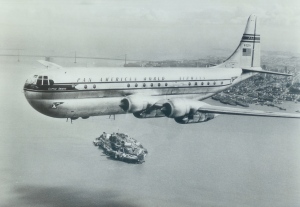
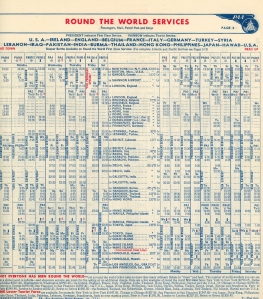
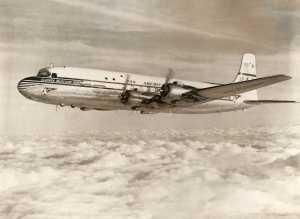
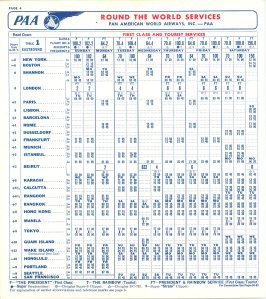
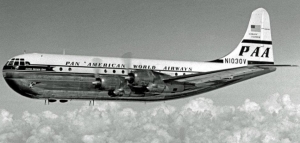
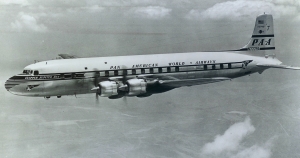
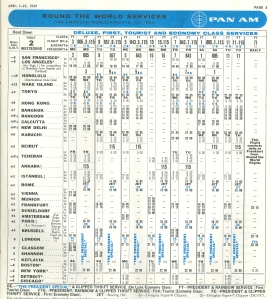
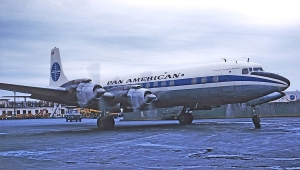
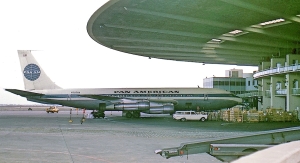
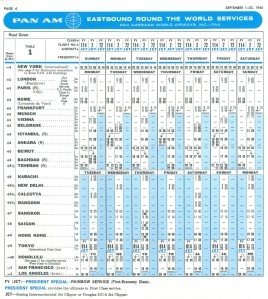
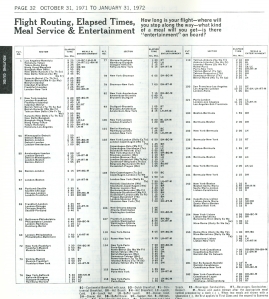
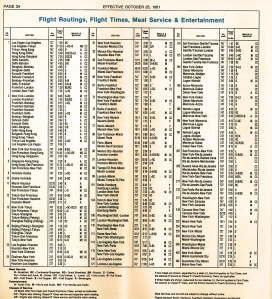
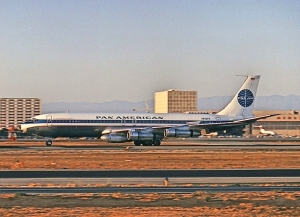
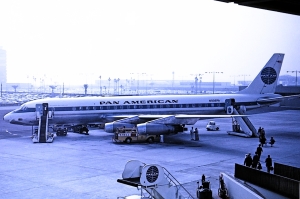
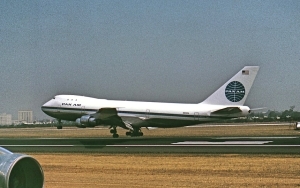
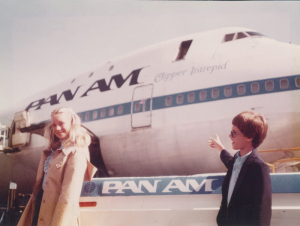
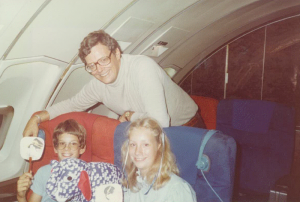

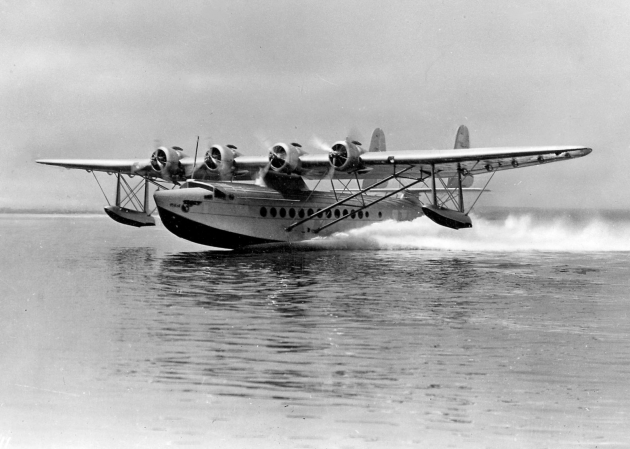

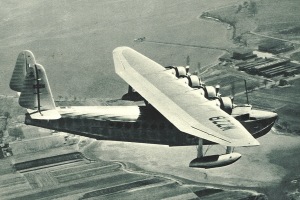

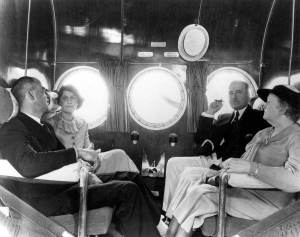

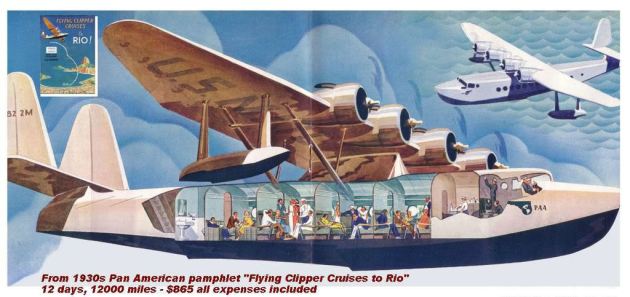
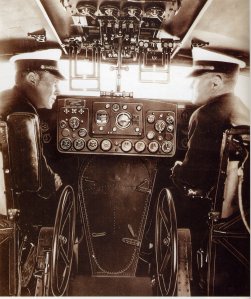
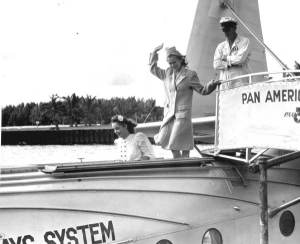
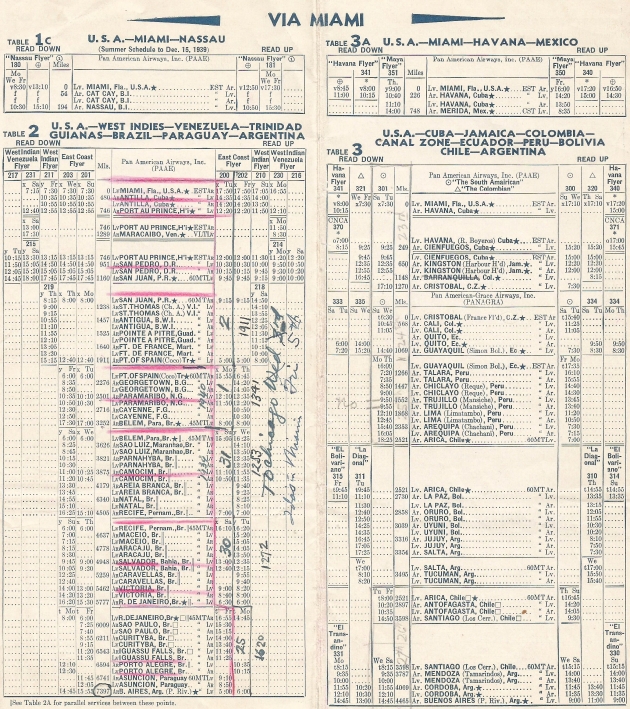

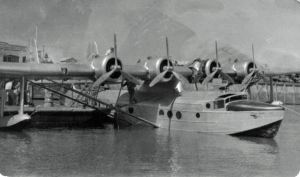
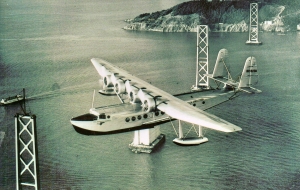


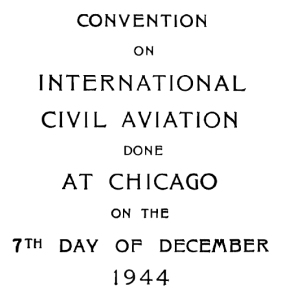
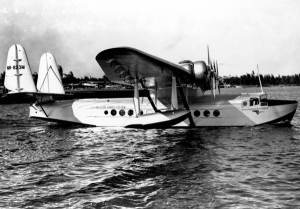
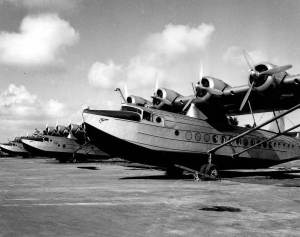


























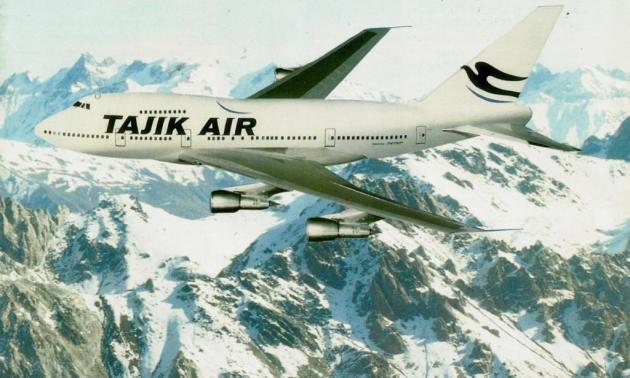

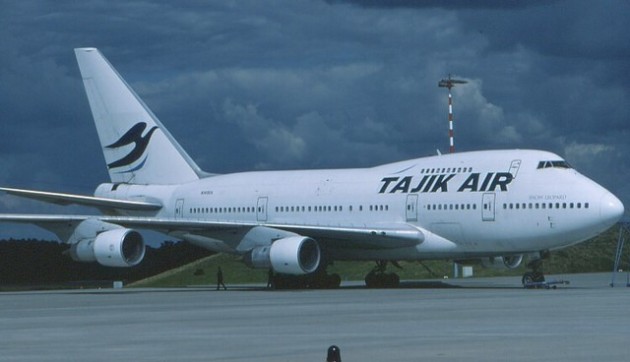















Recent Comments